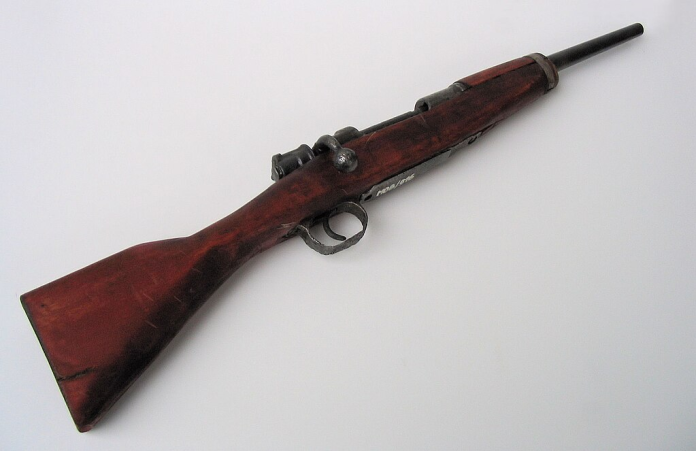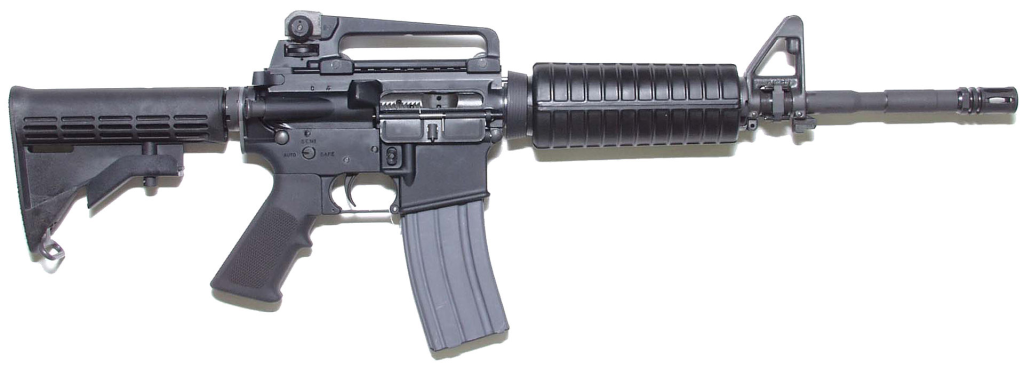
Discover why pistol-caliber carbines (PCCs) are having a strong resurgence, blending history, innovation, and modern practicality for defensive and sporting application.
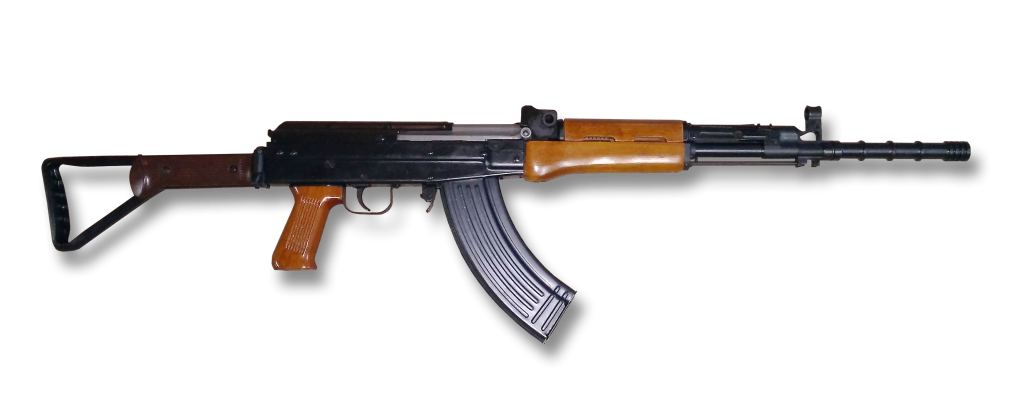
1. A History-Based Resurgence
Pistol-caliber carbines (PCCs) have returned with great fanfare on the civilian gun market, drawing new shooters and veteran shooters alike. Their popularity stems from a synergy of cost, adaptability in size, and simplicity, making them a valuable asset for home defense and recreational shooting.
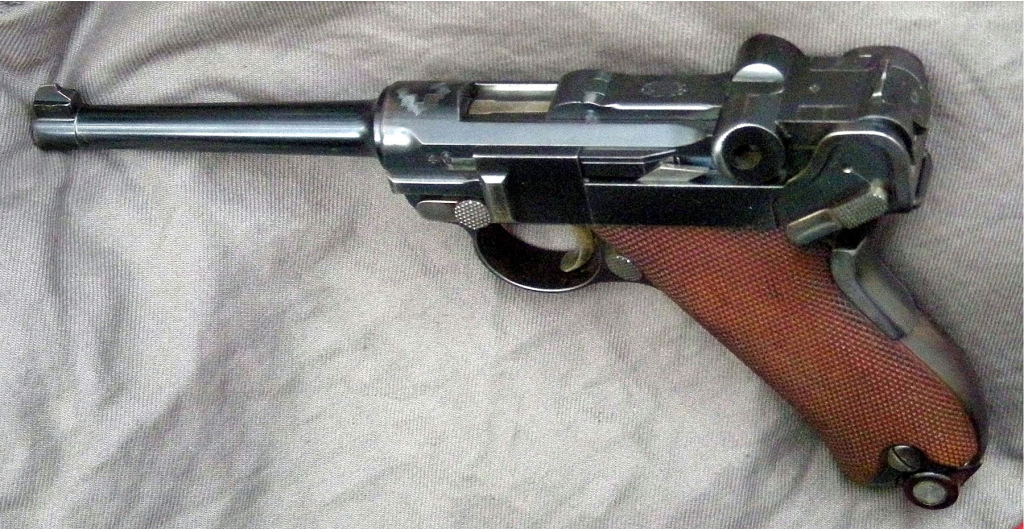
2. From Battlefield Origins to Civilian Innovations
PCCs have their roots in World War I, when shoulder stocks were mounted on handguns for accuracy and mobility. Semi-automatic pistols such as the Mauser C96 and Luger “Parabellum” employed detachable stocks that doubled as holsters, converting pistols to makeshift carbines. The innovation bridged the gap between sidearms and rifles, paving the way for things to come.
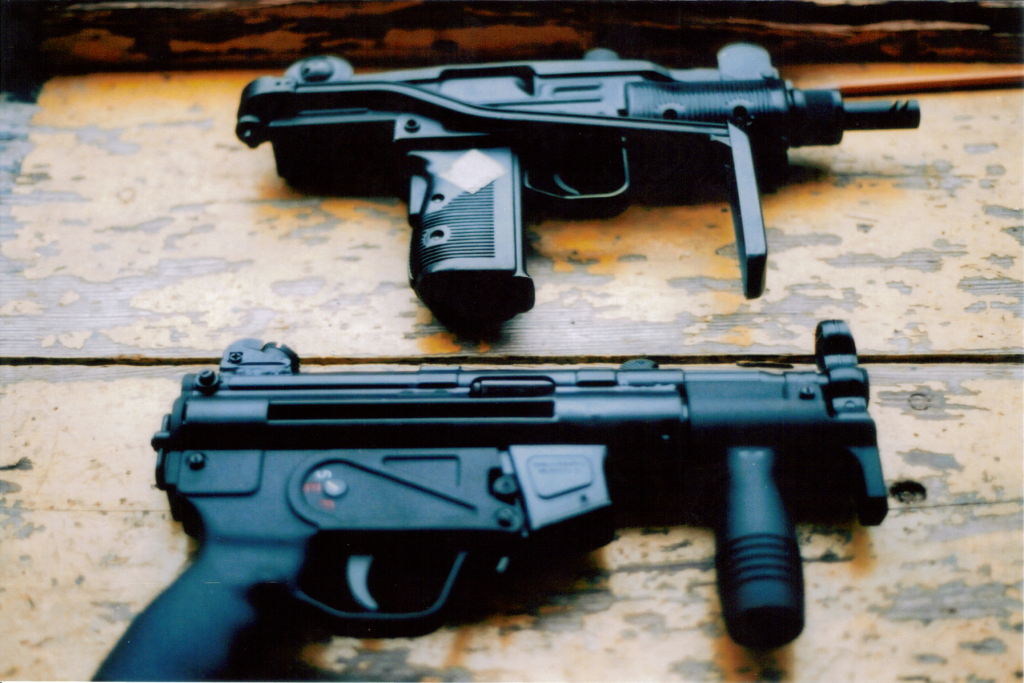
3. Rise and Fall in Military Use
Following World War II, the development of submachine guns (SMGs) and short-barreled assault rifles became widespread in replacing PCC-style firearms.
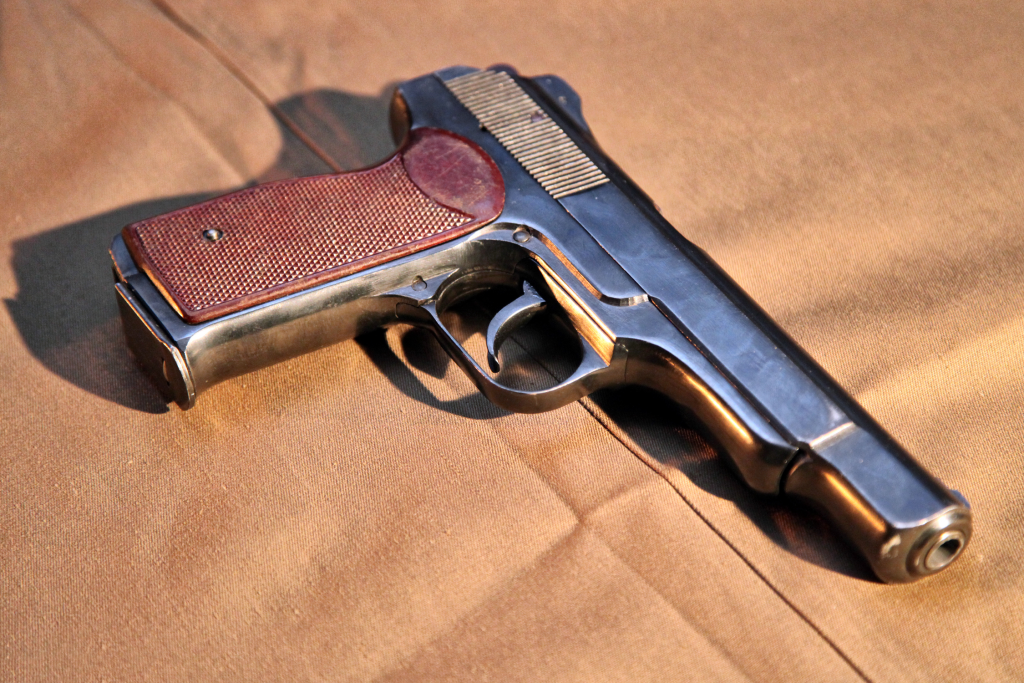
Despite innovation such as the Soviet Stechkin APS machine pistol and later SMGs like the Mini-Uzi and HK MP5K gaining prominence, stocked pistols and early PCC designs fell into a niche market.
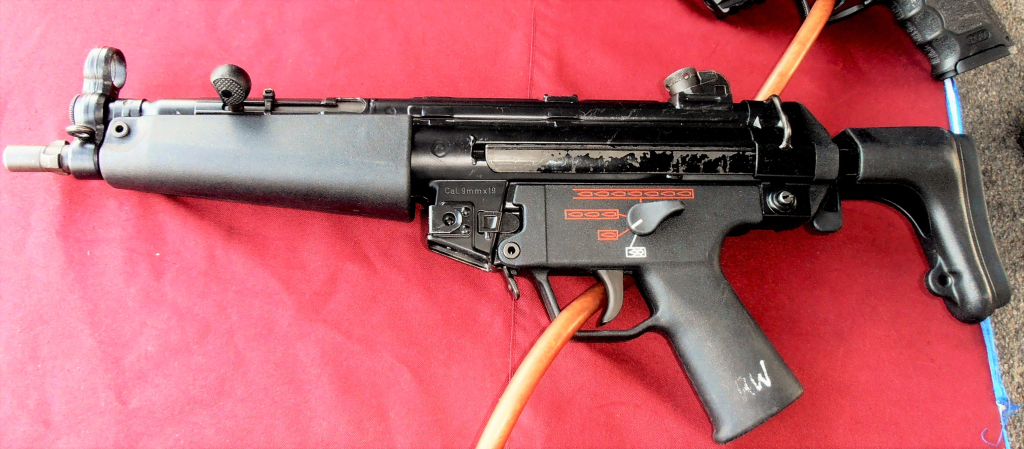
4. Modern Evolution and Tactical Flexibility
The demand for multi-capable firearms never dissipated. Platforms like the Israeli CAA “Roni” allowed service pistols to be converted into carbines, offering greater precision and tactical versatility albeit at the expense of greater size and weight. Such platforms provided law enforcement and special operations units modular options for close-quarter use.
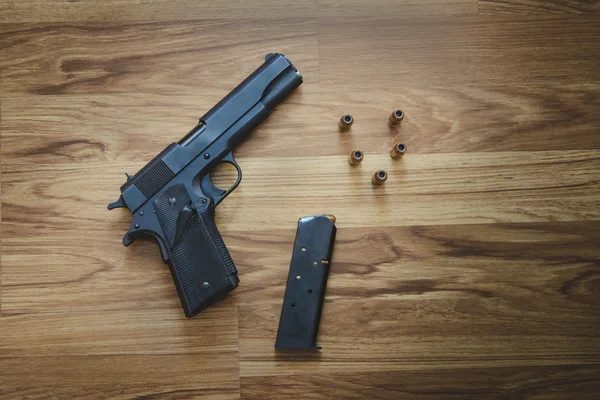
5. The B&T Universal Service Weapon: A Modern PCC Icon
One of the pioneers in this new development is B&T AG’s Universal Service Weapon (USW). Its folding stock allows for instant transition from handgun to carbine mode.
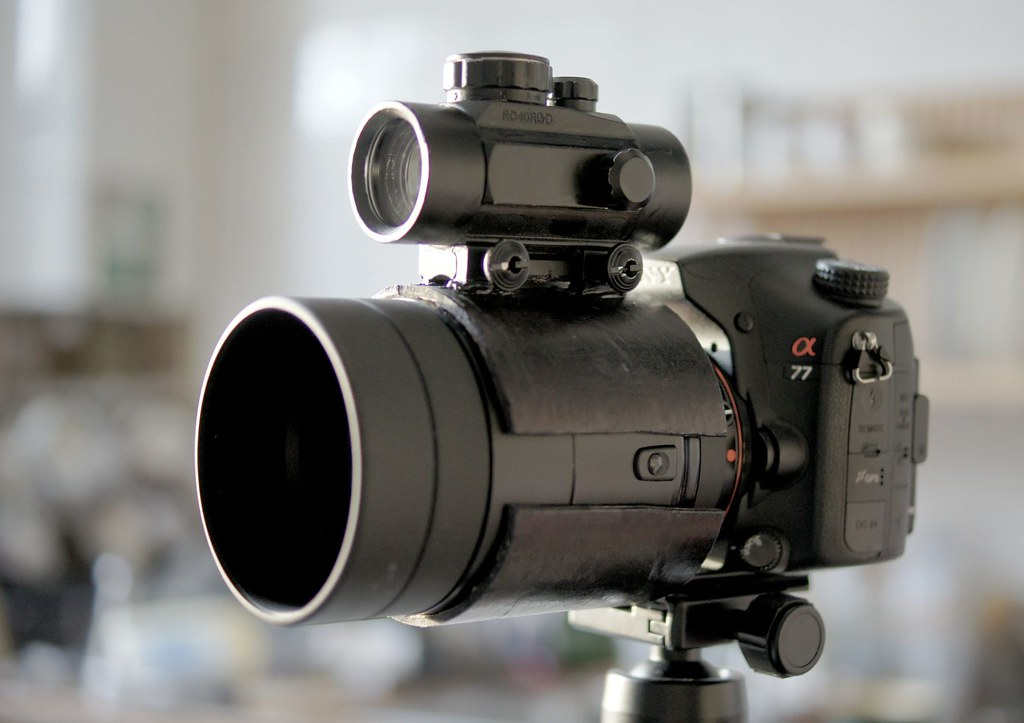
Coupled with an Aimpoint Nano red-dot sight and suppressor mount, it illustrates how far PCCs have come in revolutionizing compact firepower for police and security applications.
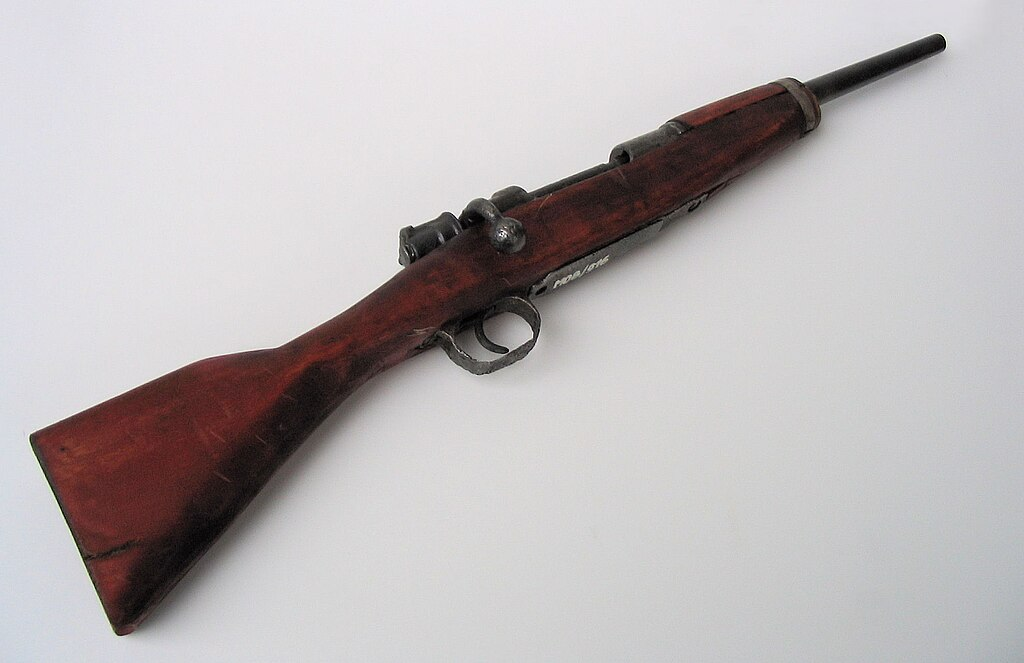
6. Legal Changes Contributing to Civilian Popularity
Regulatory changes have also been a factor behind the growth of PCCs among the civilian consumer base. Pistol braces, introduced before the 2023 ATF Final Ruling (2021R-08F), permitted comfort and benefit of short-barreled firearms without registering them as SBRs. The latest ruling, however, reclassifies barrels less than 16 inches and braces as SBRs and requires a tax stamp or changes in compliance.

Pistol-caliber carbines evolved from wartime tools to modern-day defensive and sport pistols. They are popular due to a mix of historical genius and today’s utility, finding appeal with shooters in search of an affordable, lightweight, and versatile handgun. As regulations evolve and manufacturers continue to innovate models, PCCs will be a standard part of the civilian defence sector.
